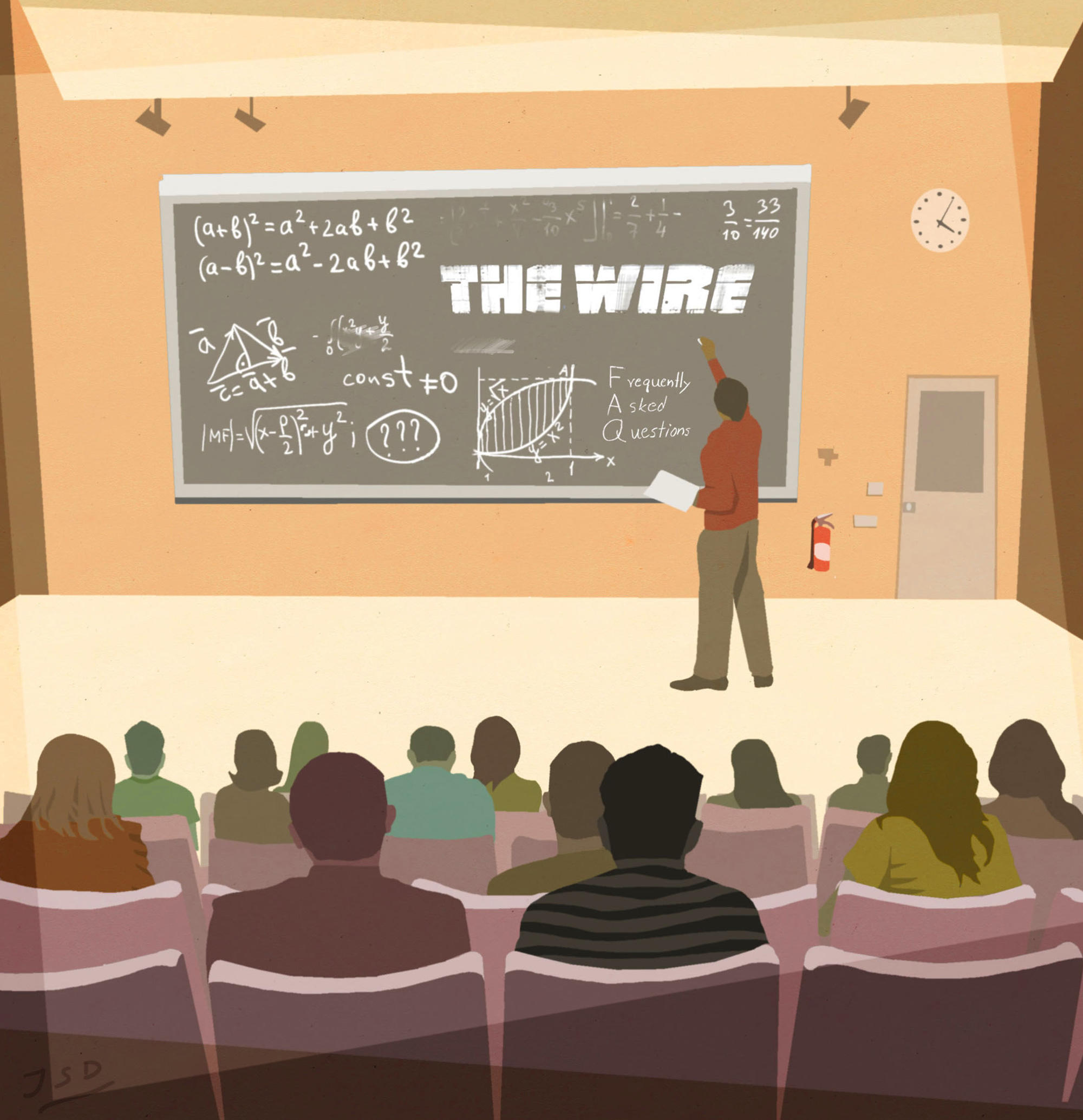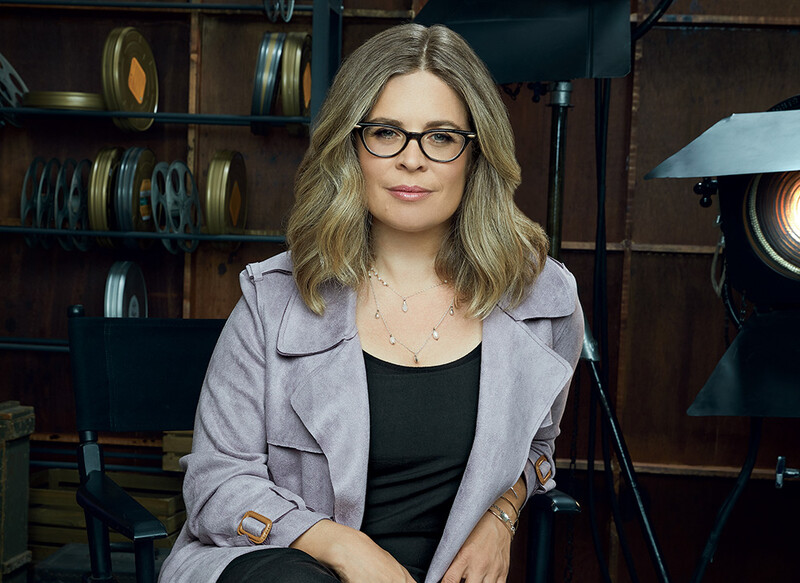On a recent Saturday, actor Jamie Hector was in a trailer classroom behind Medgar Evers College in Crown Heights, helping kids in the Moving Mountains theater company block a scene from West Side Story. Hector, who played the sphinx-like drug lord Marlo Stanfield in the HBO drama The Wire, founded Moving Mountains in 2007, when the series was in its fifth season. On weekends he would drive from Baltimore to Brooklyn to teach. Now, in his Wire afterlife, with acting projects on both coasts, he still makes time for his kids, who are rehearsing for a performance at Columbia on April 9 — the finale of a two-day public event called “The Wire — The Conference,” sponsored by the Heyman Center for the Humanities.
The Wire, known for its outstanding writing and acting and its knife-sharp social commentary, is more popular now than it was during its original run (2002–2008). It has also been growing on academia: in the past few years, Harvard and Yale (among dozens of others) have held conferences on the show.
“Academics are watching TV in ways they haven’t before,” says Heyman Center executive director Eileen Gillooly ’93GSAS, alluding to the rise in the last two decades of the literary quality of the medium. Gillooly, the conference’s organizer, first watched The Wire in 2013. She devoured all five seasons that summer, and likens the experience to reading a great book. The show’s creator, David Simon, has volunteered comparisons to Balzac and Greek tragedy, but many critics connect The Wire to the sprawling novels of Charles Dickens. Gillooly, a Dickens scholar, notes the shared traits of “interweaving storylines, abundance of characters, inside jokes, use of dialect, critique of public institutions, and a city as main character” — London and Baltimore.
English professor Marcellus Blount, who uses The Wire in his classes on race, sexuality, and masculinity, will be part of a conference panel on teaching The Wire. “I’m interested in the diversity of Black men as characters,” he says. “Black men are represented variously as politicians, police, journalists, and kids caught up in the drug trade. The power of The Wire is that characters become individuals, not just social types.
“My question,” he continues, “is how is The Wire consumed? The original audience — mostly white, progressive subscribers to HBO — may already have had an appreciation for the complexity of Black life, but part of what drives interest in the series is for the viewer to gain access to another way of living. In that sense, the show, as a work of social realism, can so easily be mis-consumed. The Wire is not a sociological study of poverty and the drug trade; it’s an artistic interpretation of those realities. The series represents different facets of Baltimore, but there’s a richness of working-class Black life that we only get glimpses of. To the extent that the drug trade is understood by some viewers as representative of Black urban life, that’s really problematic. But The Wire, as a fictional work, doesn’t claim to portray the scope and fullness of Black life. It’s the viewers’ responsibility to make that distinction.
“Yet even if they don’t,” Blount says, “The Wire, like any great work of art, can still educate the audience.”
The April conference will also include panels on seriality and narrative; on the intersection of race, religion, and politics in cities; on actors and activism, with Jamie Hector, Sonja Sohn (who played narcotics detective Kima Greggs), and other cast members; on immersion journalism, led by TV-news producer and J-school professor June Cross; on the music of The Wire, with the show’s music supervisor, Blake Leyh; and on the school-to-prison pipeline.
“As people think about the legacy of The Wire, I’m thinking about the legacy of mass incarceration,” says panel organizer Carla Shedd, an assistant professor of sociology and African-American studies. Shedd examines the paths that young people take from neighborhoods and schools either toward or away from the criminal-justice system. “My research team and I spent a year in juvenile-justice courts, looking at these institutions and who’s coming through them. These are the children of mass incarceration — a legacy of the War on Drugs.”
Jamie Hector can relate, and not just from playing Marlo on The Wire. As a teenager in Crown Heights, Hector would drift from school to the street, where trouble was always waiting. His school had no arts classes, and without a structured environment in which to explore his creativity, he might have gone the way of The Wire’s corner boys. But come four o’clock, he’d tell his friends, “I’ve got to go — I’ll be back.” He didn’t say where he was going, which was to a rehearsal at a youth theater company much like Moving Mountains. Soon, he was studying at the Lee Strasberg studio. His first stage role was a man in prison. His next role was a doctor.
“Actors can change lives and inspire through screen and TV,” says Hector, whose speech is woven through with spiritual aphorisms. “But I also feel the need — because there’s a need in the community — to lay on hands and support and push forward the young’uns that’s coming up out here now. It’s my job, and it’s something I’m truly fascinated by, because you can see it happening. Watching talent grow is something incredible.”



